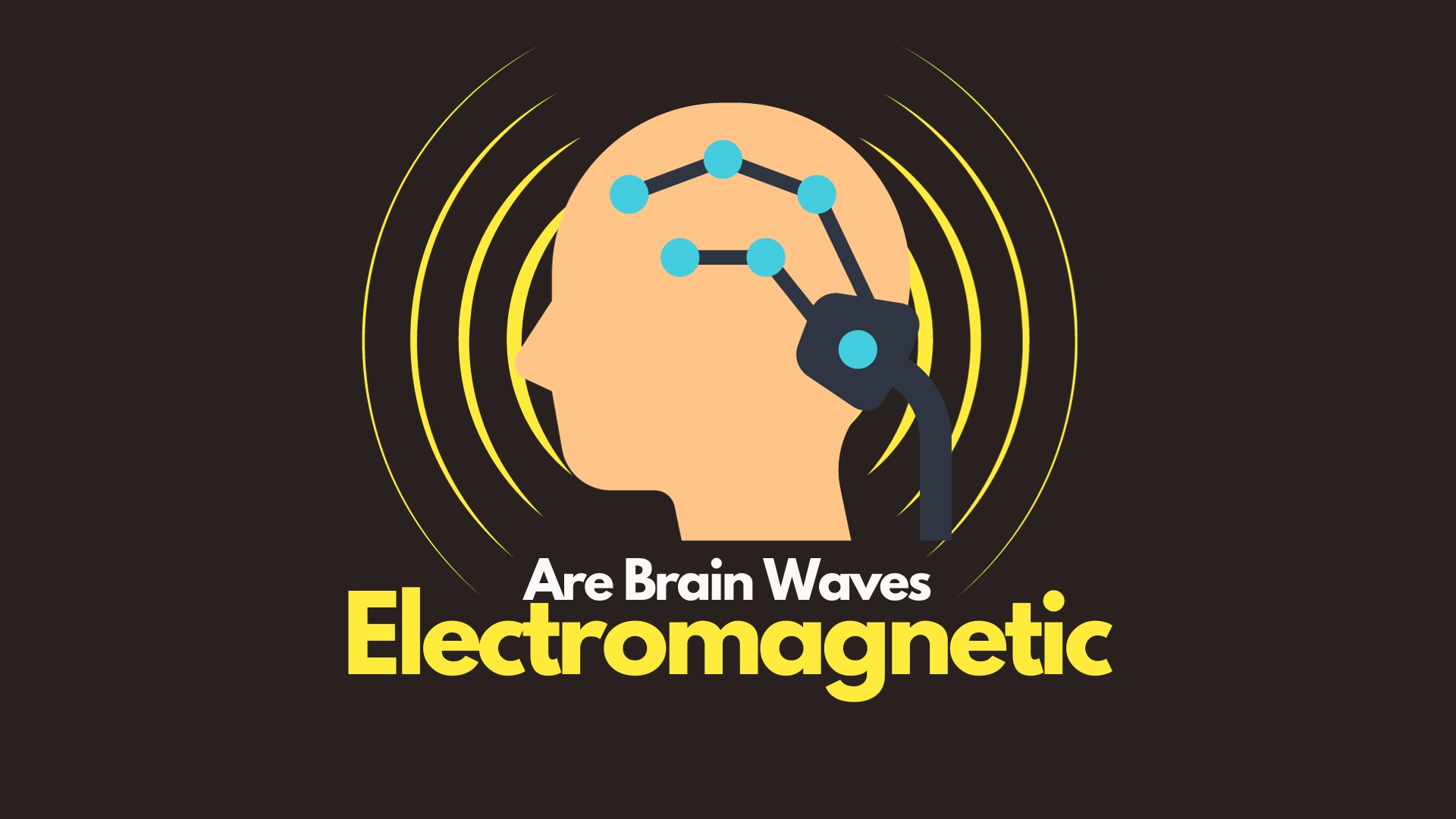Published
- 5 min read
Are Brain Waves Electromagnetic? Unveiling the Science

Introduction
Have you ever sat back and pondered the intricate workings of your brain? That three-pound mass of tissue inside your skull is a marvel, powering your thoughts, dreams, and even your subconscious. Central to this are your brain waves—the electrical symphony that plays out every second of your life. But have you ever wondered if these brain waves are electromagnetic in nature? It’s a question that has puzzled scientists and enthusiasts alike, and in this article, we’ll explore the scientific evidence, common misconceptions, and the real-world applications to answer this intriguing query.
What Are Brain Waves?
To truly grasp the debate surrounding the electromagnetic nature of brain waves, let’s first delve into what brain waves actually are.
The Basics
- Neurons: Think of neurons as the communication hubs of your brain. These specialized cells transmit information via electrical signals.
- Oscillation: In simpler terms, an oscillation is a rhythmic, back-and-forth movement. In the context of brain waves, this refers to the repetitive pattern in which neurons fire signals.
Types of Brain Waves
Understanding the types of brain waves can give you a richer perspective on your mental states:
- Alpha Waves: Linked to relaxation and reflective states, these waves are prominent when you’re daydreaming or meditating.
- Beta Waves: These waves dominate when you’re actively engaged in mental activities, like problem-solving or decision-making.
- Delta Waves: These are the slowest brain waves, associated with deep, dreamless sleep.
- Theta Waves: Often found during light sleep or deep relaxation, theta waves are also tied to creativity.
- Gamma Waves: The fastest of the brain waves, gamma waves are associated with high-level information processing and cognitive functioning.
Examining the Claim: Are Brain Waves Electromagnetic?
Foundations of Electromagnetism: A Brief Primer
Electromagnetic Fields
Electromagnetism is a branch of physics that deals with the interactions between electrically charged particles and the electric and magnetic fields they produce. In an electromagnetic field, the electric and magnetic components are perpendicular to each other and propagate as waves through space.
Maxwell’s Equations
These are the four fundamental equations, formulated by James Clerk Maxwell, that describe the behavior of electric and magnetic fields. They form the basis for understanding how electromagnetic fields are generated and how they interact with matter.
Relevance to Brain Waves
Considering that the brain engages in electrical activity, it’s natural to ask whether this electrical activity generates an electromagnetic field. If it does, one might speculate that brain waves themselves could be considered electromagnetic phenomena.
What Research Says: A Complex Reality
Magnetic Component of Brain Waves
It’s true that the electrical activity in the brain generates a magnetic field. This field can be detected using specialized instruments like Magnetoencephalography (MEG). However, the strength of this magnetic field is relatively weak compared to other forms of electromagnetic radiation, like radio waves or microwaves.
The Role of Neurons
Neurons communicate via electrical signals. When many neurons fire together, their combined electrical activity can produce a measurable magnetic field. However, this magnetic field is localized and does not propagate freely in space, unlike typical electromagnetic waves.
Symbiosis of Electric and Magnetic Components
While there’s a magnetic component associated with the electrical activity in the brain, it’s critical to note that this magnetic field is not independent; it’s intrinsically tied to the electrical activity of neurons. The two cannot be separated, and the magnetic component alone is not strong enough to categorize brain waves as electromagnetic phenomena.
Quantum Theories
There are some speculative theories suggesting that quantum-level phenomena might be involved in brain activity. If proven true, this could add another layer of complexity to the electromagnetic nature of brain waves. However, these theories are still in the realm of scientific debate and are far from being widely accepted.
Scientific Evidence
Experimental Studies
- EEG (Electroencephalogram): EEG machines record electrical activity, offering a direct look at brain wave patterns. However, they don’t measure magnetic fields.
- MRI Scans: Unlike EEG, MRI scans can capture both electrical and magnetic properties, helping to explore the electromagnetic debate further.
Contradictory Findings
Science is rarely black and white. Some studies point to a correlation between brain waves and electromagnetic fields, but others disagree. This divergence in scientific opinion adds layers of complexity to our understanding.
Did You Know?: The human brain operates at a power of about 20 watts, less power than a household light bulb, yet infinitely more complex!
Common Misconceptions
Let’s bust some myths:
- Brain Waves are like Radio Waves: This is a misleading oversimplification. Brain waves are biological phenomena, far more complex than radio waves.
- Brain Waves can be Easily Manipulated: While technologies like transcranial magnetic stimulation (TMS) can influence brain activity, it’s not as simple as “tuning” your brain waves.
Practical Applications
In the Medical Field
- Diagnosis: Brain wave analysis plays a vital role in diagnosing conditions like epilepsy.
- Sleep Studies: Understanding delta and theta waves helps researchers decipher sleep patterns and disorders.
In Everyday Life
- Meditation and Mindfulness: Apps using binaural beats attempt to influence brain wave patterns to induce states of relaxation or focus.
Conclusion
The topic of brain waves and their electromagnetic nature is a labyrinth of scientific opinions, theories, and ongoing research. While there’s a magnetic aspect to them, it’s not robust enough to label them as electromagnetic phenomena.